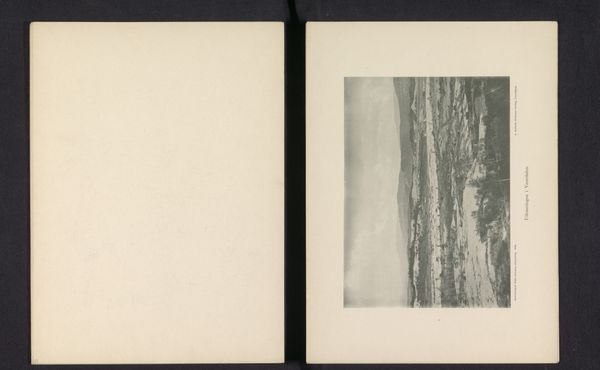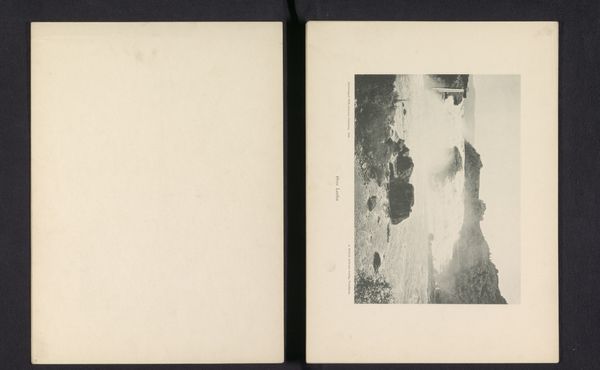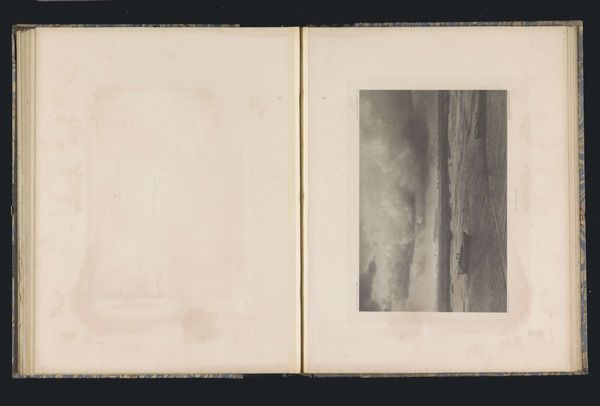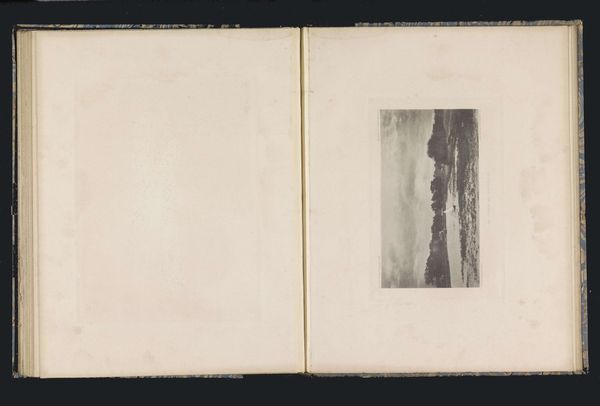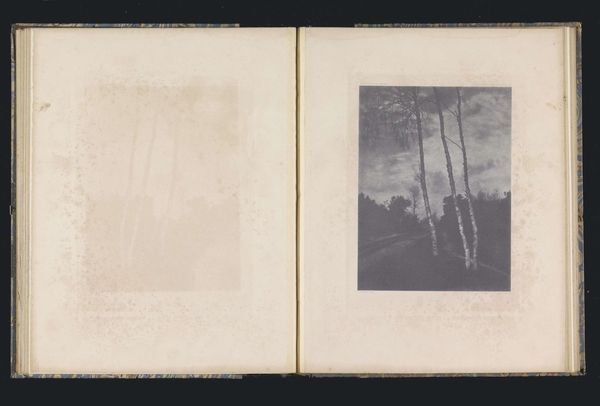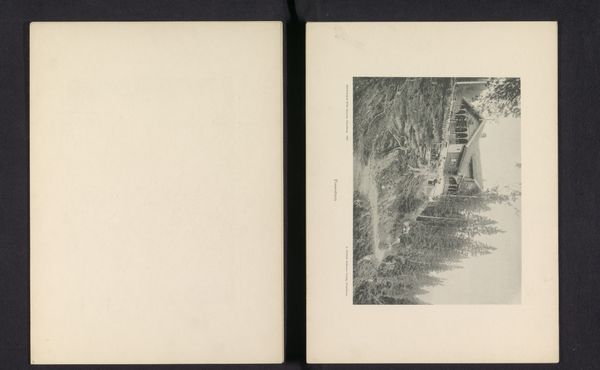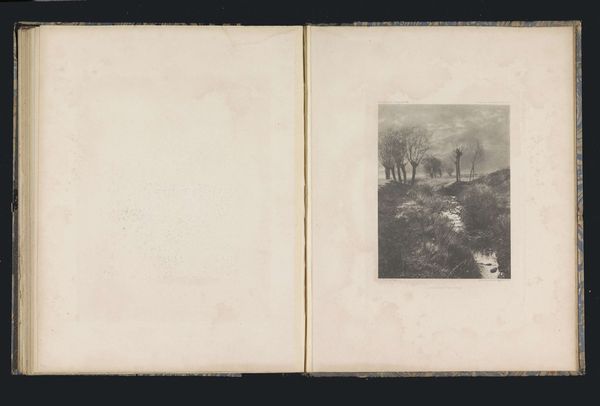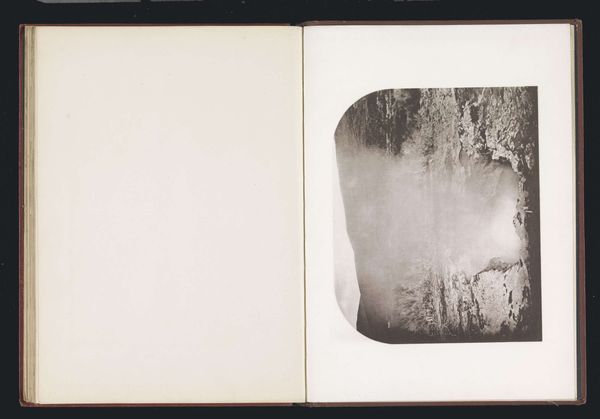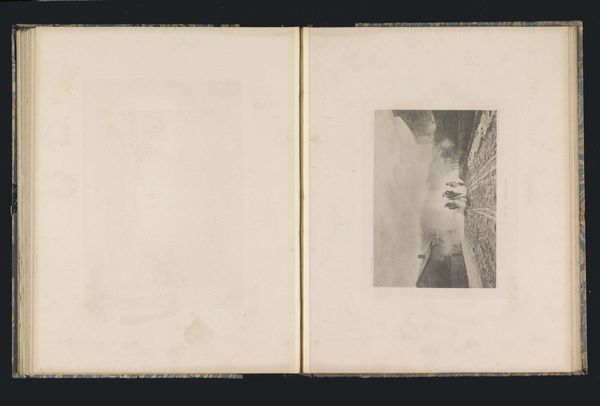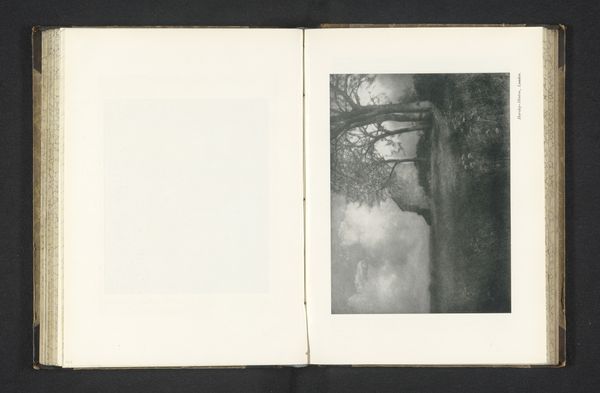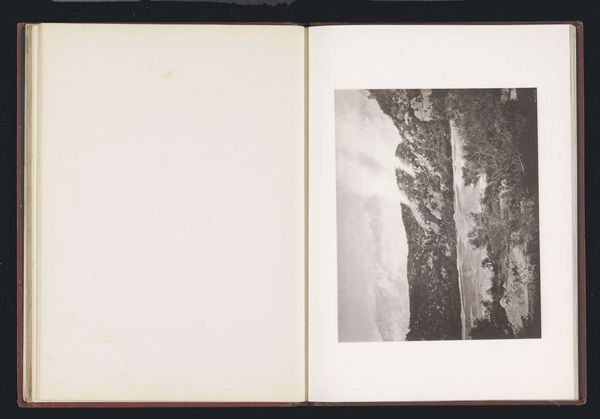
photography
#
landscape
#
photography
#
mountain
Dimensions: height 162 mm, width 222 mm
Copyright: Rijks Museum: Open Domain
Editor: This is "Gezicht op een berglandschap bij Trondheim met de Gråkallen," a landscape photograph taken before 1897 by Wilhelm Dreesen. It looks like an early example of photographic reproduction. What can we learn from the way Dreesen crafted this image? Curator: Given the era, it's vital to consider the technological limitations. Photography at this time wasn’t point-and-shoot. How did the laborious and alchemic photographic processes influence artistic choices regarding subject and composition? Did access to specific materials, and the manual manipulation involved, shape who could participate in making landscape photography? Editor: So, thinking about accessibility and the process of creating photographs back then versus now... I imagine the choice to depict this particular mountainscape must have been very deliberate. Curator: Exactly. Let's think about the paper and developing agents. Who supplied these materials, and how did that influence distribution and viewership? Consider this: Was Dreesen using readily available local materials or importing them? What social connections would that require, and how might this limit others attempting similar works? Editor: That is so interesting to think about! It’s easy to forget about the physical elements and economic relationships needed to even create an artwork in the first place. Curator: Furthermore, notice how the print itself becomes the object. It prompts consideration for who it was intended for, considering photography was only just being accessible to the public, it seems to have an artistic touch, a characteristic closer to painting. How did this "mass production" attempt to differentiate itself in order to still maintain relevance in the art world? Editor: Looking at the landscape, then looking at the physicality of the photograph as an object that was laborious to make… It recontextualizes the image entirely. Curator: Indeed. It's all about understanding how labor, materiality, and consumption intertwine to shape art history and aesthetic value. We might think of its current function and distribution in our exhibit through that perspective. Editor: I'll definitely keep that in mind. Thanks!
Comments
No comments
Be the first to comment and join the conversation on the ultimate creative platform.
